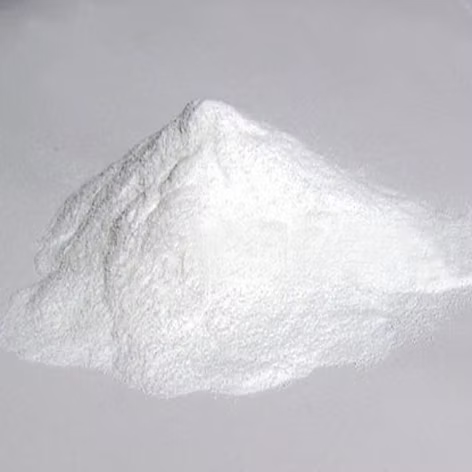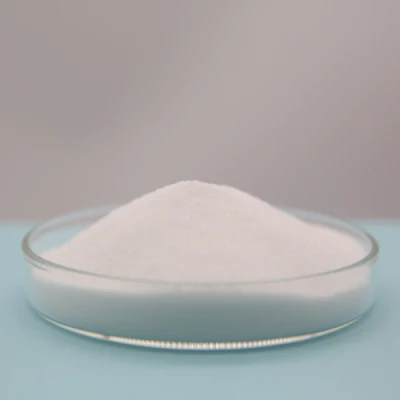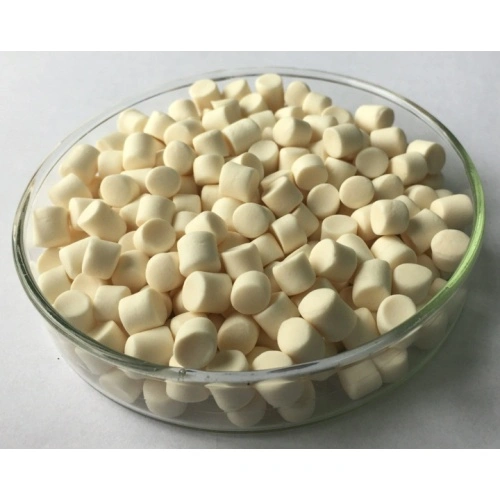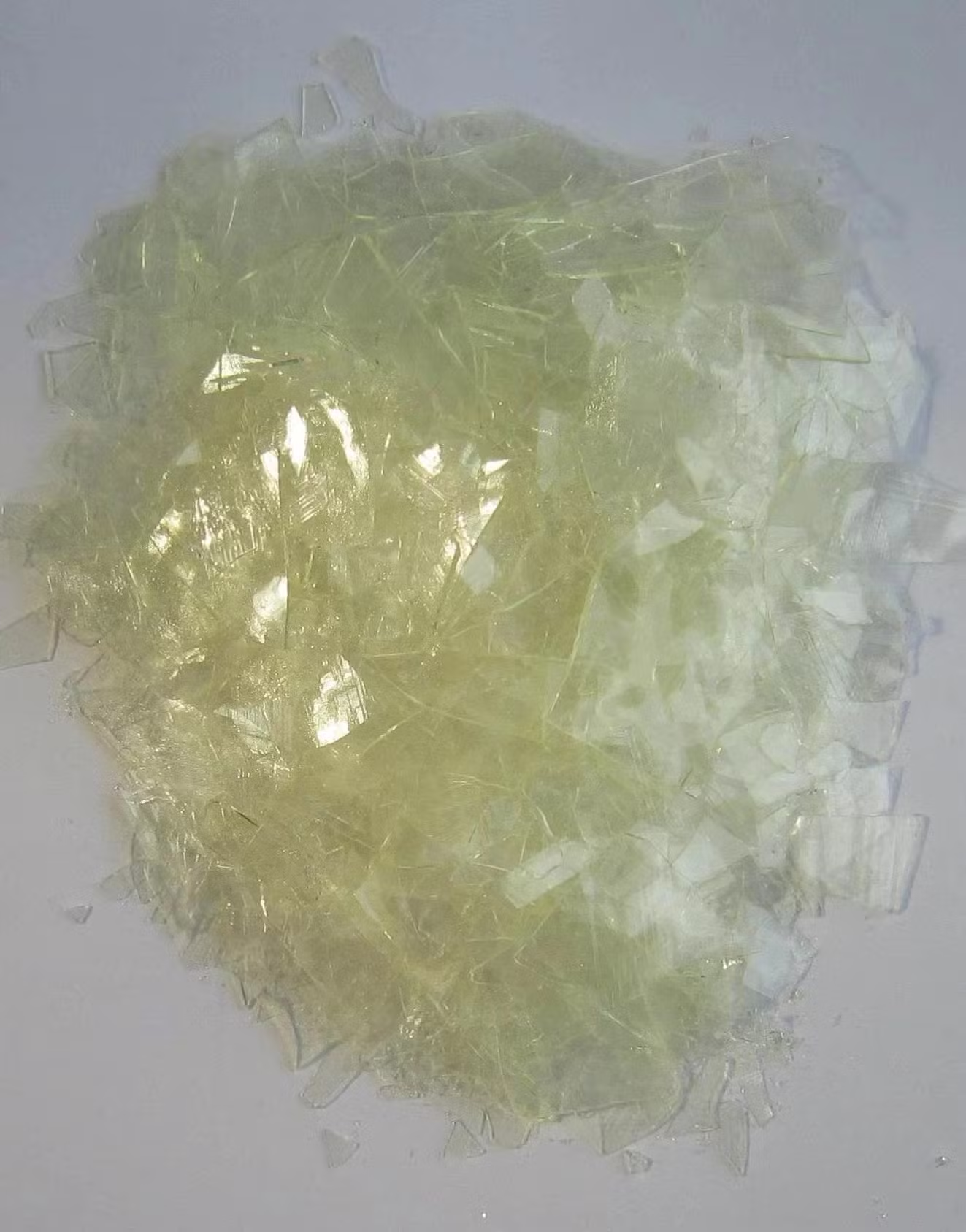Description
Sulfur donors are compounds that readily give up a sulfur atom to react with other compounds. Sulfur is an essential element for life and is found in many biological molecules, including amino acids, proteins, and coenzymes. In chemistry and materials science, sulfur donors are used in a variety of reactions and processes, such as the synthesis of polymers, pharmaceuticals, and other organic compounds.
One common type of sulfur donor is a sulfur compound that contains a good leaving group, such as a halogen atom. For example, sodium sulfide (Na2S) and sodium hydrosulfide (NaHS) are commonly used sulfur donors in organic synthesis. These compounds react with electrophiles, such as alkyl halides, to form new carbon-sulfur bonds. The sulfur atom in these compounds is highly nucleophilic, which makes it a strong donor of electrons and a good partner for reactions with electrophiles.
Another type of sulfur donor is a compound that contains a sulfur-sulfur bond, such as a disulfide or a polysulfide. These compounds can donate a sulfur atom to other compounds through a process called reduction. In this process, the sulfur-sulfur bond is broken, and one of the sulfur atoms becomes a negatively charged ion, or a radical, which can then react with other compounds. Disulfides and polysulfides are commonly used in the synthesis of organic compounds, such as thioethers and thiophenes, and in the modification of biomolecules, such as proteins and peptides.
Sulfur donors are also used in the synthesis of inorganic materials, such as metal sulfides and sulfur-containing polymers. These materials have a wide range of applications, including in electronics, energy storage, and environmental remediation. For example, metal sulfides are used as semiconductors in solar cells and batteries, while sulfur-containing polymers are used as coatings, adhesives, and membranes.
It is important to handle sulfur donors with care, as they can be hazardous and toxic if not used properly. Sulfur donors can release sulfur dioxide (SO2) and other toxic gases when heated or reacted with strong oxidizing agents. Therefore, it is essential to use appropriate safety precautions, such as proper ventilation, personal protective equipment, and chemical fume hoods, when working with sulfur donors.
In conclusion, sulfur donors are important compounds in chemistry and materials science. They are widely used in the synthesis of organic and inorganic materials, and they play a crucial role in many biological processes. Sulfur donors can be hazardous and toxic, so it is important to handle them with care and follow safety guidelines to ensure safe and effective use.









Reviews
There are no reviews yet.